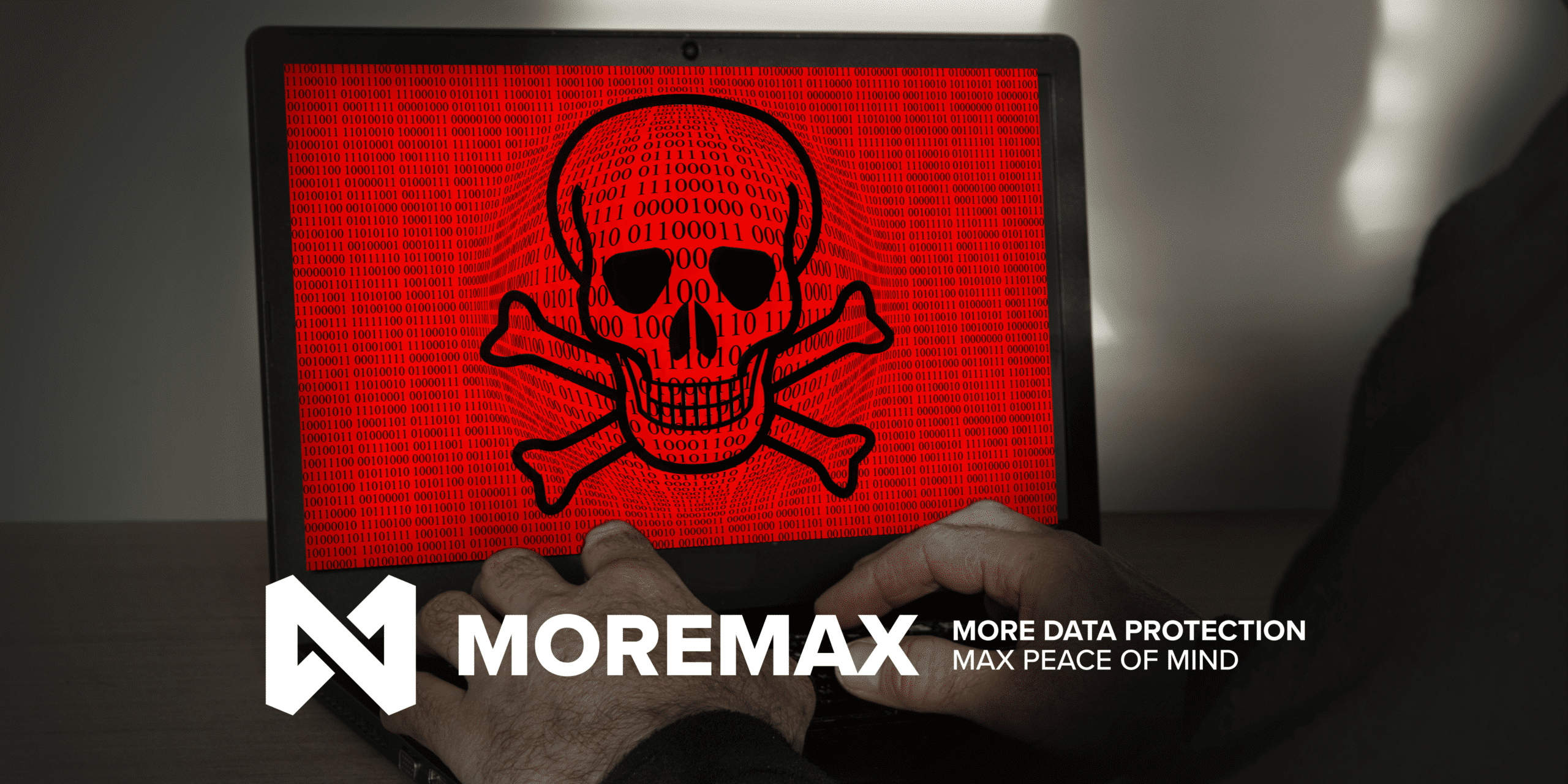
In the high-stakes world of law, where client confidentiality, case files, and deadlines are everything, technology is your lifeline. From secure client portals on laptops to mobile apps for case management on smartphones, lawyers, solo practitioners, and immigration lawyers rely on digital tools daily. But this dependence opens the door to ransomware—a silent cyber predator that can encrypt your sensitive legal documents and hold your practice hostage. Recent data reveals the stark reality: one in five U.S. law firms was targeted by cyberattacks in the past year, with nearly one in ten suffering data loss or exposure. As a lawyer handling everything from immigration petitions to complex litigation, understanding ransomware for lawyers and how to combat it isn’t just smart—it’s essential for protecting your career, your clients, and your reputation. With threats escalating in 2025, including AI-driven ransomware variants, proactive measures aligned with American Bar Association (ABA) guidelines are non-negotiable.
What is Ransomware? A Lawyer’s Worst Nightmare
Ransomware is malicious software that sneaks into your devices, networks, or cloud storage to encrypt critical files—like client contracts, immigration forms (I-485s, I-130s), or court filings—making them inaccessible without a decryption key. Attackers then demand payment, often in cryptocurrency, to release your data. This isn’t a distant threat; groups like the Silent Ransom Group (SRG), also known as Luna Moth, have specifically targeted law firms in 2025, exploiting their access to high-value confidential information. For solo practitioners juggling solo operations without dedicated IT support, this could mean weeks of irreplaceable work locked away, halting billable hours and client communications. Immigration lawyers, dealing with time-sensitive visa applications and sensitive personal data, face even steeper risks: a single breach could derail a client’s future, expose them to identity theft, or trigger regulatory scrutiny from agencies like USCIS.
Ransomware variants have evolved, incorporating AI to evade detection and tailor attacks to legal workflows, such as mimicking urgent e-filing notifications. Understanding this evolution is key to staying ahead, as outlined in the ABA’s cybersecurity resources, which emphasize the ethical imperative to safeguard client data under Rule 1.6 of the Model Rules of Professional Conduct.
How Ransomware Infects Legal Workflows: The Step-by-Step Breakdown
Ransomware doesn’t announce itself—it lurks in phishing emails disguised as urgent court notices, dodgy links in client referrals, or cracked software downloads for case management tools like Clio or MyCase. Once inside, the process unfolds rapidly:
- Infiltration: It exploits vulnerabilities in outdated email clients, unpatched VPNs, or unsecured remote access tools commonly used in hybrid legal work. Phishing remains the top entry point, with attackers posing as bar associations or immigration authorities.
- Propagation and Encryption: The malware spreads laterally across your network, using advanced algorithms to scramble files—from Word docs of affidavits and sworn statements to Excel spreadsheets of billing records and client databases. In minutes, entire folders of immigration dossiers could be rendered useless.
- Ransom Demand and Exfiltration: A pop-up or email appears with payment instructions, often threatening permanent data loss if you don’t comply within 72 hours. Sophisticated strains also exfiltrate data beforehand, enabling “double extortion” where attackers leak stolen information if unpaid.
For immigration lawyers, imagine your USCIS portal integrations or encrypted client databases suddenly offline—disaster strikes fast, potentially violating federal data protection standards and exposing you to class action lawsuits. The ABA’s Cybersecurity Legal Task Force highlights these vectors in their policy initiatives, urging firms to adopt multi-layered defenses.
The Catastrophic Impact of Ransomware on Law Firms and Solo Practices
A ransomware attack isn’t just a tech glitch; it’s a professional catastrophe with ripple effects that can cripple your practice. Solo practitioners might lose access to their entire client roster, grinding billable hours to a halt, eroding trust, and forcing reliance on manual processes that invite errors. Larger firms could face multimillion-dollar downtime, with global ransomware costs to the legal sector projected to exceed previous years amid 2025’s threat surge. Regulatory fines under laws like HIPAA (for health-related immigration cases), GDPR, or the California Consumer Privacy Act (CCPA) loom large for data breaches, alongside reputational damage that scares off future clients.
Immigration lawyers risk violating ethical duties under ABA Model Rule 1.6 (Confidentiality), exposing vulnerable clients—such as asylum seekers—to identity theft, deportation delays, or public leaks of sensitive details. A 2025 report notes that 52% of clients are concerned about breaches at their law firms, with 66% hesitant to engage those using outdated tech. Beyond finances, attacks can lead to malpractice claims, bar disciplinary actions, and operational paralysis, as seen in high-profile breaches like those at Proskauer Rose. Globally, ransomware costs the legal sector billions annually—don’t let your practice become a statistic. For guidance, consult the ABA’s Five Principles of Cybersecurity, which stress national security frameworks and resource allocation for training.
The Ethical Bind: Should Lawyers Pay the Ransom?
As officers of the court, lawyers face a moral and professional quandary with ransomware. Paying might restore access to vital immigration case evidence or solo practice archives, but it funds criminal enterprises, offers no guarantees—scammers often vanish post-payment—and perpetuates the cycle. Refusing upholds ethical standards but could mean rebuilding from scratch, potentially breaching fiduciary duties to clients and triggering notifications under state breach laws.
The ABA advises against payment, emphasizing prevention in Resolution 608 (2023), which establishes cybersecurity as a legal duty for all firm sizes. Consult your state bar association: most align with ABA stances, prioritizing resilience through backups and incident response plans as per Resolution 108 (2017). In the end, ethical compliance under Rule 1.6 demands “reasonable efforts” to prevent harm, making preparation your strongest defense.
Essential Ransomware Prevention Strategies for Lawyers and Solo Practitioners
Arm your practice with these tailored cybersecurity tips for lawyers, drawn from ABA best practices and 2025 threat landscapes, to stay one step ahead:
- Vigilance in Communications: Scrutinize every email—verify senders before opening attachments that mimic e-filing confirmations or immigration alerts. Implement multi-factor authentication (MFA) on all legal software and use secure email gateways to block phishing, a top ransomware vector.
- Robust Backups for Legal Data: Automate daily backups of case files to encrypted external drives or compliant cloud services like those integrated with Clio or PracticePanther. Follow the 3-2-1 rule (three copies, two media types, one offsite) and test restores quarterly to ensure your immigration dossiers are safe. The ABA stresses this in their data security policy recommendations.
- Software Updates as a Non-Negotiable: Patch your OS, antivirus, and tools like Westlaw or LexisNexis immediately—outdated systems are prime targets for solo practitioners without IT teams. Enable auto-updates and conduct vulnerability scans monthly.
- Advanced Security Tools: Deploy endpoint detection and response (EDR) software, firewalls, and intrusion prevention systems tuned for legal workflows. For immigration lawyers, opt for solutions with built-in compliance for sensitive PII, including encryption at rest and in transit. Vet third-party vendors rigorously, as per ABA Resolution 608.
- Access Controls and Mobile Security: Use role-based access to limit file permissions, enforce strong passwords with managers like LastPass, and secure mobile devices with remote wipe capabilities. Encrypt all data extensively to thwart breaches.
- Ongoing Education and Training: Enroll in CLE courses on cybersecurity for immigration lawyers or simulate phishing drills for your team—knowledge is your best defense. The ABA’s 2023 Cybersecurity TechReport notes that 29% of firms faced breaches, underscoring the need for continuous staff training. Resources like the ABA Cybersecurity Handbook provide in-depth guidance.
- Incident Response Planning: Develop a formal plan for breaches, including notification protocols under laws like the SHIELD Act. Regularly review and audit your setup to align with ABA’s ethical opinions on cybersecurity.
In an era where digital threats evolve as quickly as case law, proactive ransomware protection for solo practitioners ensures your practice thrives uninterrupted. Don’t wait for an attack to test your defenses—secure your digital fortress today by exploring the ABA’s comprehensive cybersecurity hub.
Schedule a FREE 15-minute call with our cybersecurity experts to discover customized ransomware safeguards for your law firm or solo practice.


